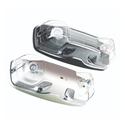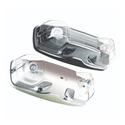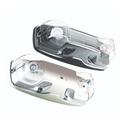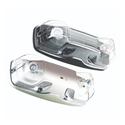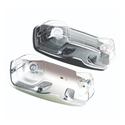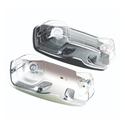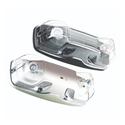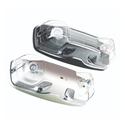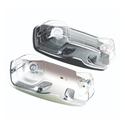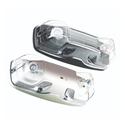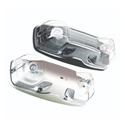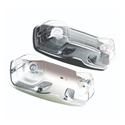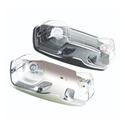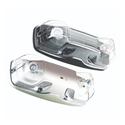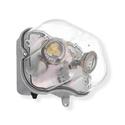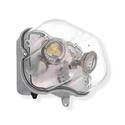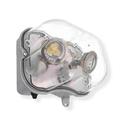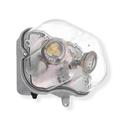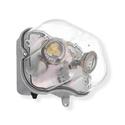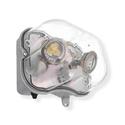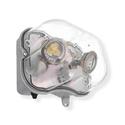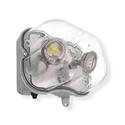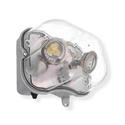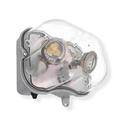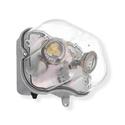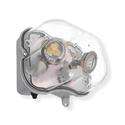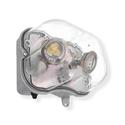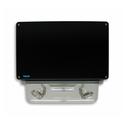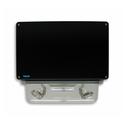
Battery Backup Damp Location Wet Location Sealed Lead Acid (SLA) Industrial Nickel–Metal Hydride (NiMH) Battery Backup
Battery Backup
Products with battery backup contain a battery so in the case of a power outage the lights or signs with stay illuminated for roughly 90 minutes.Damp Location
These items can be placed where they may be splashed with water. Typically they are safe to be used outdoors.Wet Location
Rated for outdoor wet location application - WeatherproofIndustrial
Emergency Lite Service Center has a comprehensive line of industrial exit signs, emergency lights, batteries and accessories.Sealed Lead Acid (SLA)
SLA batteries are the most reliable and widely used power source. They can recharge much faster than a flooded lead acid battery, and the calcium added to their plates helps reduce water loss. Sealed lead acid batteries can recycle the gases they produce and can prevent damage to the battery when the charge rate is controlled. These batteries must always be kept in upright positions and protected from leakage.Nickel–Metal Hydride (NiMH)
NiMH batteries can have two to three times the capacity of an equivalent size NiCd, and their energy density approaches that of a lithium-ion cell. Nickel–Metal Hydride batteries are good for high current drain applications because of their low internal resistance.
The disadvantage of NiMH batteries is their high rate of self-discharge. NiMH batteries typically lose 4% of their charge per day of storage. LSD NiMH batteries significantly lower self-discharge, but at the cost of lowering capacity by about 20%.

